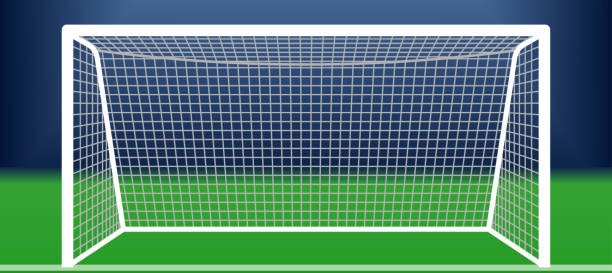DRIBBLING.

Dribbling in football is the skill of controlling and maneuvering the ball while running, allowing a player to advance towards the opponent's goal, evade defenders, and create scoring opportunities. It’s a fundamental skill that combines speed, balance, and agility. Here’s a detailed explanation of dribbling, including techniques, types, and tips for effective dribbling:
Purpose of Dribbling:
- ▫ ADVANCING THE BALL: Dribbling allows a player to move the ball up the field while maintaining control.
- ▫ EVADING DEFENDERS: It’s used to navigate around opponents and create space for passing or shooting.
- ▫ CREATING SCORING OPPORTUNITIES: Effective dribbling can draw defenders away from teammates, opening up passing lanes or shooting angles.
Basic Techniques for Dribbling:
- ▫ TOUCH: Use soft touches to keep the ball close, ensuring better control and the ability to change direction quickly.
- ▫ BODY POSITION: Stay low and balanced, with your knees slightly bent to allow for quick movements in any direction.
Types of Dribbling:
- ▫ STRAIGHT DRIBBLE: Moving the ball directly forward with small, controlled touches.
- ▫ SIDE DRIBBLE: Dribbling the ball to the side to change direction while maintaining forward momentum.
- ▫ FEINTS: Using body movements to fake out defenders, creating space to either continue dribbling or pass.
- ▫ SPEED DRIBBLE: Using longer touches to accelerate past opponents, especially in open spaces.
How to Dribble Effectively:
- ▫ USE BOTH FEET: Practice dribbling with both your dominant and non-dominant foot to become more versatile on the field.
- ▫ KEEP YOUR HEAD UP: Always try to look up while dribbling to maintain awareness of your surroundings, including defenders and teammates.
- USE THE RIGHT PART OF THE FOOT:
▫ INSIDE OF THE FOOT: For more control and precision when dribbling in tight spaces.
▫ LACES: For longer touches and speed when you have space to run. - ▫ CHANGE OF PACE: Vary your speed to throw off defenders. Quick acceleration can create separation, while sudden stops can help change direction.
- ▫ USE BODY MOVEMENT: Employ feints and shoulder movements to mislead defenders about your intended direction.
Practice Drills:
- ▫ CONE DRIBBLING: Set up cones in a line or zigzag pattern and practice dribbling around them to improve control and agility.
- ▫ 1V1 SITUATIONS: Engage in one-on-one drills to practice evading defenders and improving your decision-making under pressure.
- ▫ SPEED DRIBBLE RACES: Race against teammates while dribbling to improve speed and control in a competitive setting.
Situational Awareness:
- ▫ READ THE DEFENSE: Understand how defenders are positioned and anticipate their movements to decide when to dribble or pass.
- ▫ KNOW WHEN TO DRIBBLE: Assess whether dribbling is the best option based on the positioning of teammates and defenders.
